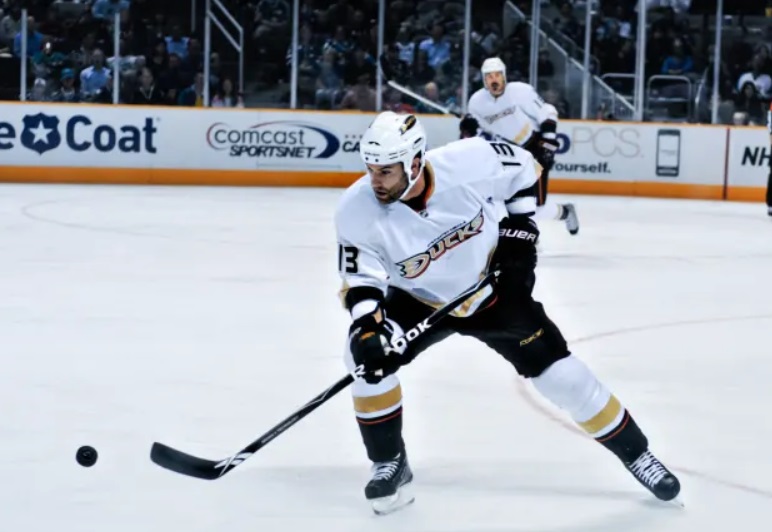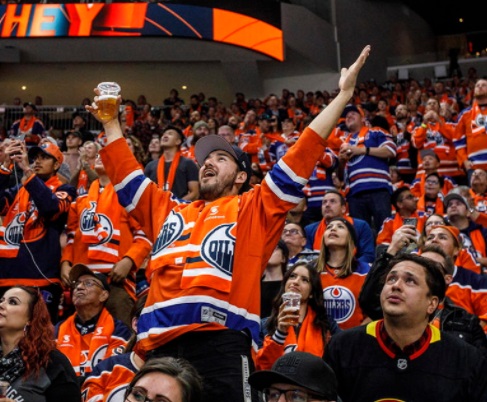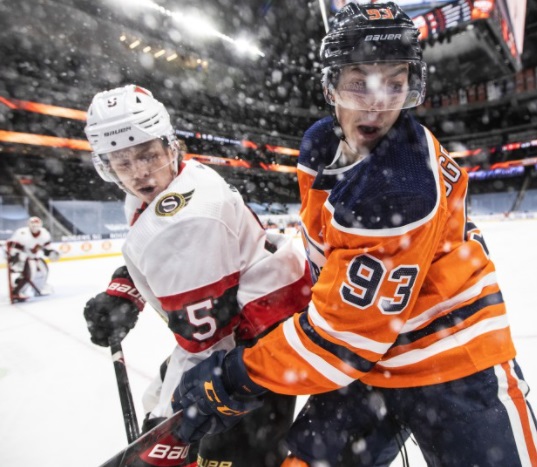So you want to become a hockey fan? Obviously, you do! Hockey is the only game that’s ironically hot and cold at the same time.
But if you’re new to hockey, the game can be confusing. Do not worry. Mastering the basic principles of hockey is not difficult. In terms of subtle principles, that’s right … doing hockey is like wine: you never stop learning. Most professional men can be transferred to different leagues.
Tip number 1: hockey fans know the basics of hockey

To begin with, the National Hockey League can be your greatest league in its game, with 30 teams divided into four branches. Apart from this NHL, you can find minor leagues, faculty championships, and European leagues that play in the highest degree of competitiveness. Canada additionally offers the Women’s Hockey League alongside five-star teams. Hockey is an Olympic sport for men and women.
A hockey game consists of a 60-minute split into three 20-minute phases. There will be approximately 17 minutes of intermissions a day between your phases. If overtime does not affect the draw, then 2 teams participate in a shootout. (No firearms, I promise)
Tip number 2: hockey fans know the Purpose of a Game Hockey players are concerned about two goals at once:
- Hit a target
- Prevent the other team from scoring
The team gets a place for achieving a goal. This is truly the easiest part of hockey.
Tip number 3: hockey fans know the rules of hockey
If you see fancy pictures of hockey, and sometimes old-fashioned hockey, it might look like there are no rules. Oh, you’ll find the rules and whatnot.
Time-consuming aside, most hockey principles revolve around fines. Contrary to popular belief, most penalties protect players from injury. Penalties for carbonated drinks are classified as major and minor.
Tip number 4: Get to know what common minor fines include

So what happens when a new player gets punished? He must be present for this match, both moments for a small penalty or five moments for a big one. As a way to keep your hockey developed among the most bizarre shells, punishment cells. The box can be your hockey equivalent of stock.
The penalty area is actually a booth on the other side of the ice, next to the players’ seats. In boxing, the timekeeper remains for punishment, whose only occupation is to continue to keep the hockey player in the box until his punishment ends. It’s not as difficult as it sounds. When a person leaves the box before their time expires, they receive another small penalty.
This is really the main thing. Even when the player himself is not that good, his team remains in short supply until the expiration of his sentence. This is called an electric game. To compensate for the power play, the penalized team attempts to impose a penalty. However, as you can imagine, it is still much easier to score if you have an electric game on your team.
Tip number 5: hockey fans watch some hockey
Now that you’ve secured some of the basics, just watch a few matches.

Start by watching matches on TV. The announcer needs game after game – a very valuable game that goes on at a fast pace. Television hockey also includes a colored advisor, often a former player, as well as various commentators. Tune in to them. They will explain the game to you as if you are a beginner – that is their intention. Colored analysts usually release arbitrary intriguing news or quotes from members.
Once you’re ready for the nuances, turn to real sports analysts during intermission. It is useless and soon you can tell the attacker from the goalkeeper.
Watching hockey is not at all like watching hockey or football live – you really don’t want to drink a lot of beer and hot dogs for your own pleasure. But, in essence, hockey is blurry lightning. Try to find yourself a couple of basics – or take a buddy with hockey knowledge with you. (Note: a close friend of mine applied for live match obedience while watching it live at the stadium.
